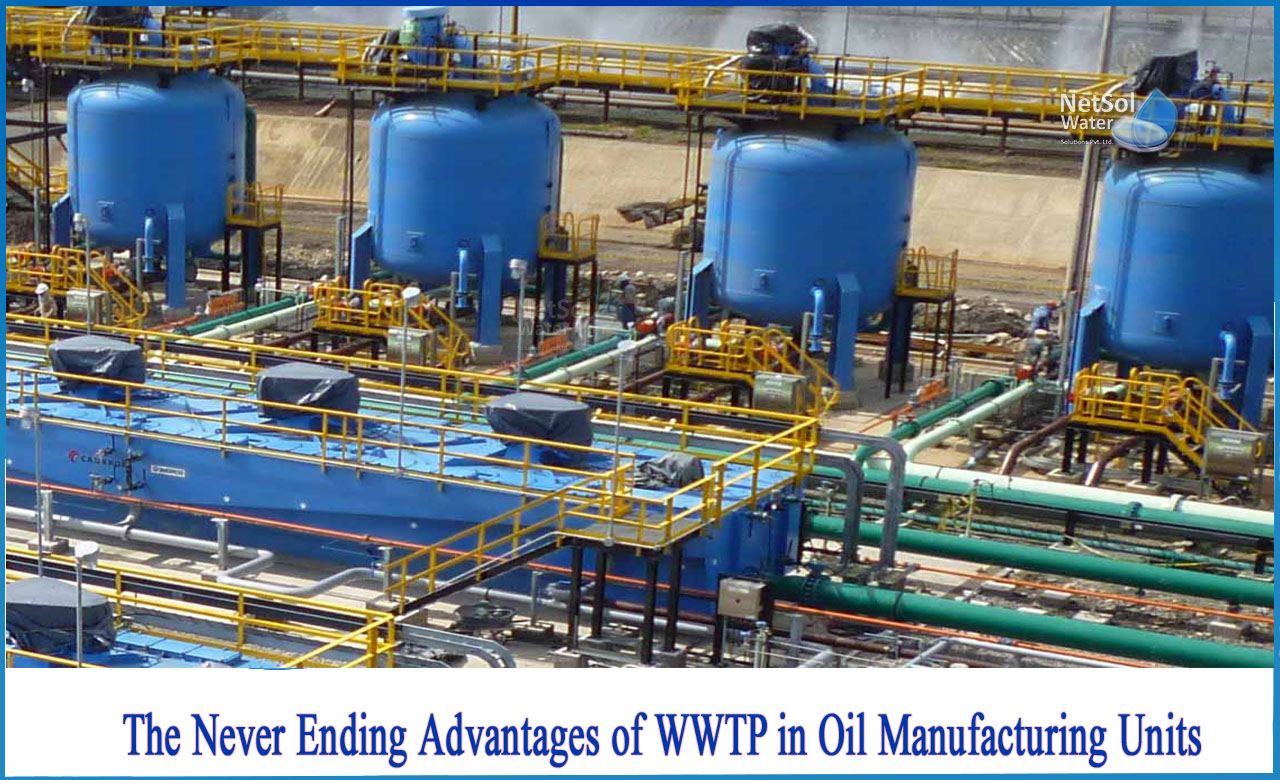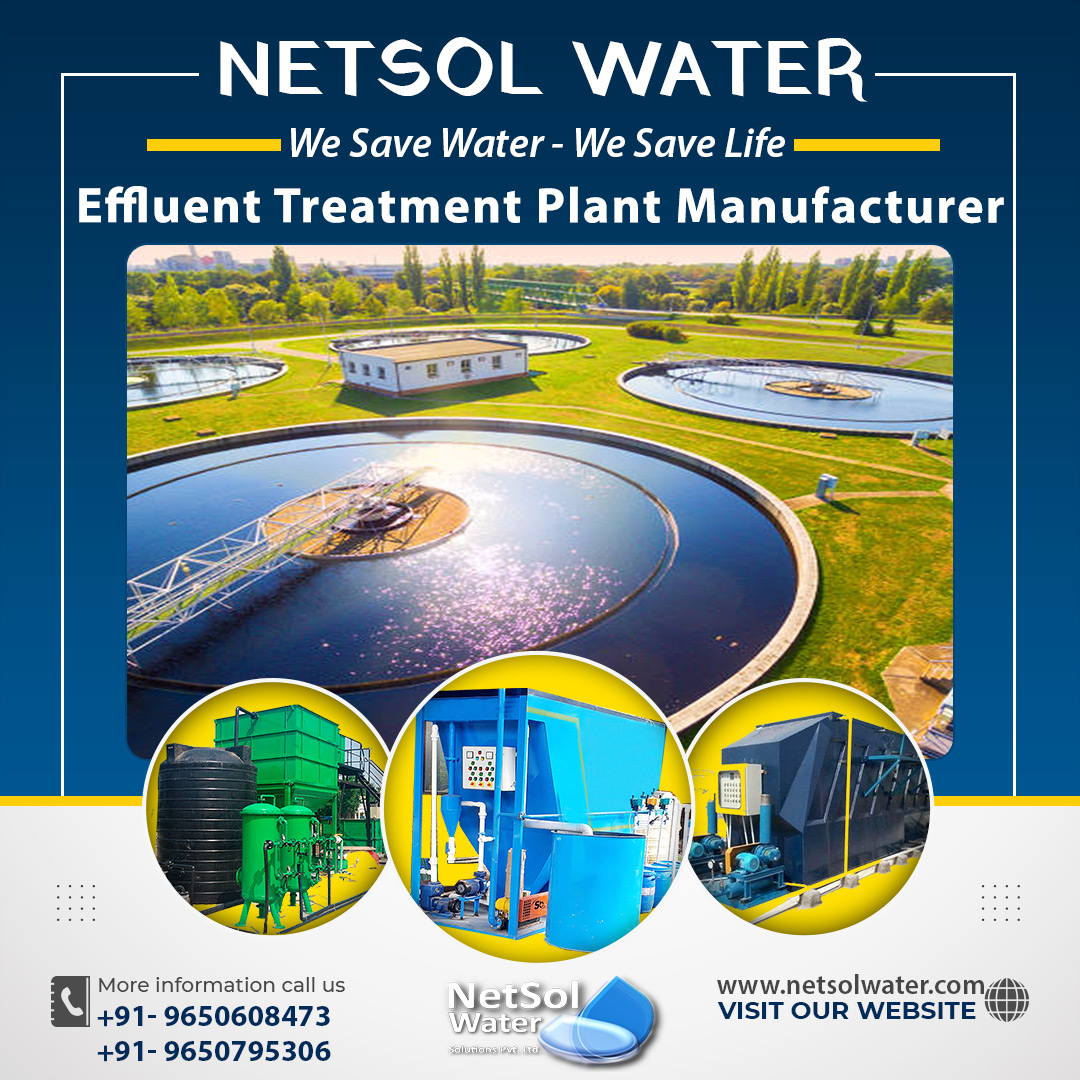Waste water in oil industry
Wastewater treatment will vary depending on the nature, age, and size of the refinery; however, a typical (and increasingly common) approach is for separating effluent into at least three systems: contaminated storm water;\, process water and deballasting water.
This segregation becomes critical when the goal is to maximise the recycling of low salinity effluent after processing to cooling, fire water storage and process systems.
A tank receiving effluent is located at the beginning of the standard process water treatment line, which is occasionally shared with stormwater treatment. The layout of the primary oil separators determines the design of this tank. If they are underground, the water is distributed by gravity to the adjacent separators by the plant. A pumping station is required if they are located above ground, which is common. To avoid the formation of an emulsion due to the presence of insoluble oils, which could reduce the performance of the oil separator, low shear pumps should be used. A screen is also required to keep solid debris out of the mechanical equipment.
Primary oil separation: Standard separators, such as API or DCI, are used for oil separation. The separator generates two kinds of waste streams. The recovered oil is sent to the refinery (possibly after a concentration stage), and the sludge at the bottom is sent to a sludge treatment system.
Coagulation, flocculation and flotation: Despite the fact that primary oil separation reduces the load in insoluble oils significantly, the output concentration levels in primary treatment remain higher than those tolerated by biological treatment processes (less than 10mg/L). A second oil separation stage and chemically assisted flotation may be used to achieve the required level. Upstream of the flotation process are coagulation and flocculation tanks, as well as linked dosing systems. This stage does not remove soluble organic matter.
Oil in storm water tank
Oily storm water is collected in a storm water tank at variable and sometimes extremely high flow rates. The oil is removed through API separation, filtration, or flotation, and is occasionally discharged at this stage.
Depending on its BOD-5 and phenol concentrations, it may be subjected to biological treatment before discharge; however, in some case, it is frequently routed to the process water stream.
What are the advantages of WWTP in Oil Manufacturing Units?
There are various advantages of waste water treatment plant in oil manufacturing unit. Some are listed below
- Provides clean, safe processed water: Many people are unaware that wastewater can be converted into reusable water. Toxins are eliminated during the treatment process, resulting in clean, safe water. Only about 3% of the world's water is drinkable. It is a renewable resource; however, evaporation and rain take a long time to remove toxins. With wastewater treatment, the process is sped up and results in crystal clear, safe reusable water.
- Saves money: A well-maintained and operated Industrial Wastewater Treatment system can help user save money in the long run while also ensuring compliance with regulations and legislation.
- Eco-friendly: The primary goal of water treatment is to remove harmful chemicals. As a result, when it enters the ground, it will have no negative impact on the environment. If user is dealing with industrial waste, it could be difficult. An important investment is a high-quality wastewater treatment system.
- Water saving: Due to the effluent treatment plant, users are saving a lot of water. Because the plant recycles old water, there is less water waste, which is also good for the environment.
- Way to minimise waste: Industrial wastewater treatment is a method of reducing waste in the environment. It not only saves money, but it also ensures that chemically treated water is removed in a safe and environmentally friendly manner.
Conclusion
Netsol water is the best manufacturer of all types of water treatment plants. To reduce the amount of waste water at industrial unit, choose Netsol waste water treatment plant.




